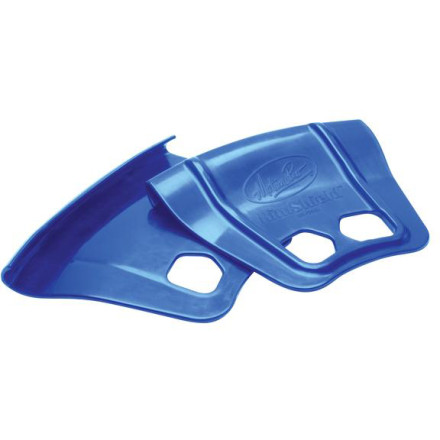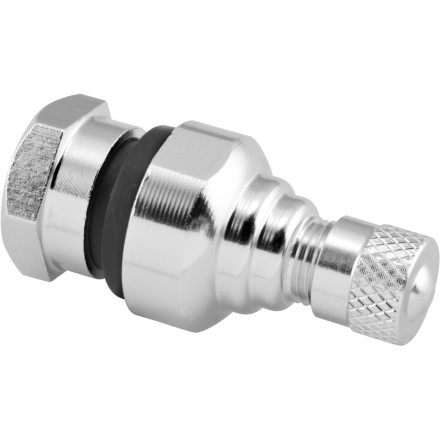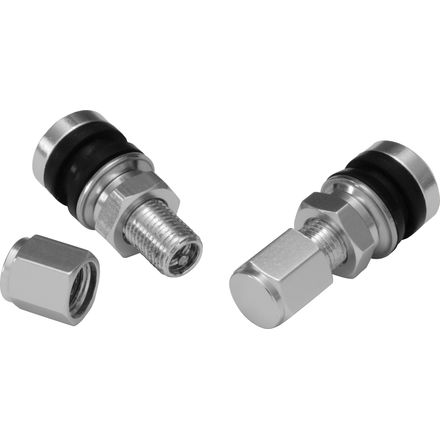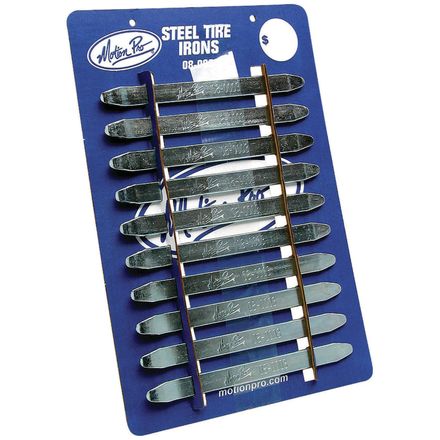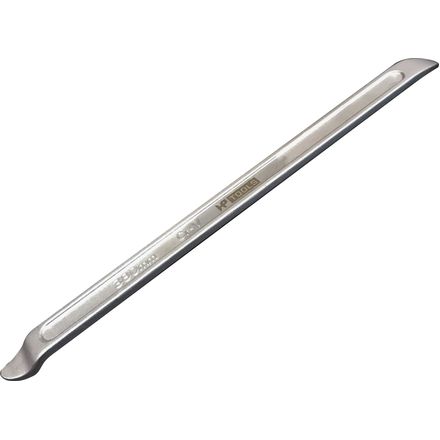CLOSE
Begin typing to search, when autocomplete results are available use up and down arrows to review and enter to select. Selecting an options will take you to a new page. Touch device users, explore by touch.
SEARCH
Sign In
Cart
More Contact Information
Contact Us
Regular Hours (All Times PACIFIC)
- Weekday Chat:
- 6am - 7pm
- Weekday Phone:
- 6am - 6pm
- Saturday:
- 7am - 4pm
- Sunday:
- Out Riding

Search within a riding style, select an option
- All
- Dirt Bike
- Sport ATV
- Utility ATV
- UTV
- Street Bike
- Cruiser
Free shipping on orders over $79 to Illinois
Orders over $79.00 will receive free shipping. This is a residential delivery service, deliveries Monday through Friday from 9:00am to 8:00pm.
Learn MoreEnter a valid US zip code
Selection will refresh the page with with localized information
-
-
Top Helmet Brands
-
Shopping For Parts
Shop Your Ride
Selection will refresh the page with new results
- Dirt Bike
- ATV
- Utility ATV
- UTV
- Street Bike
- Cruiser




